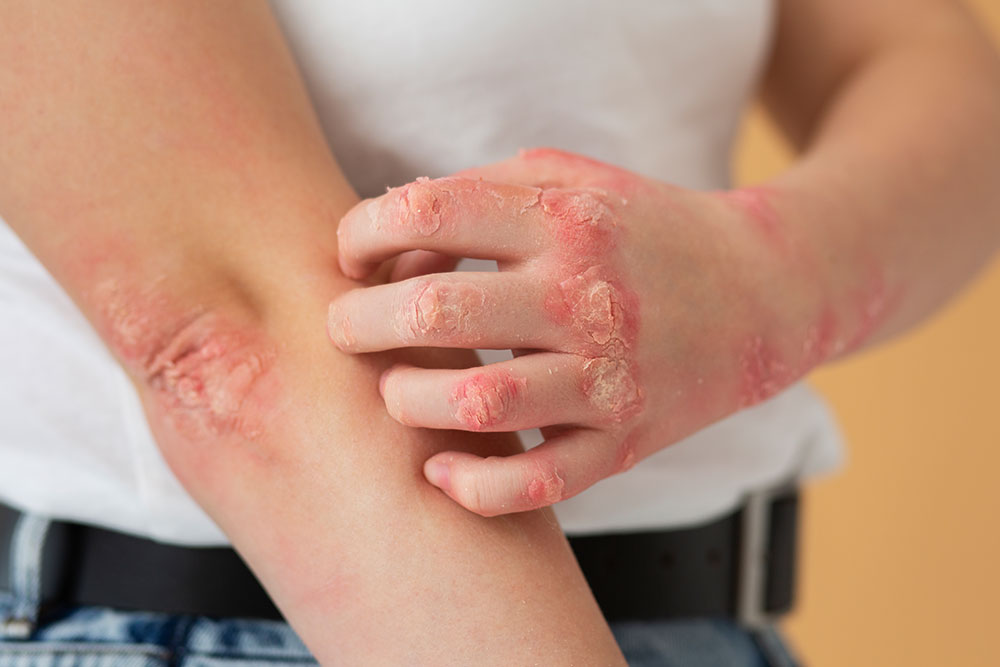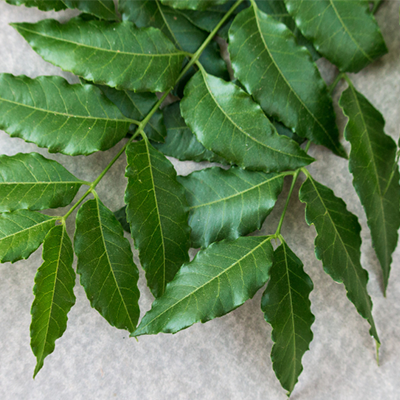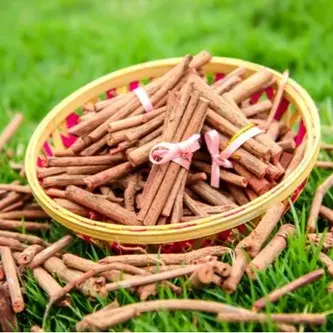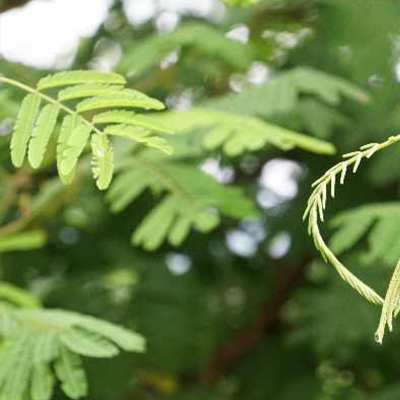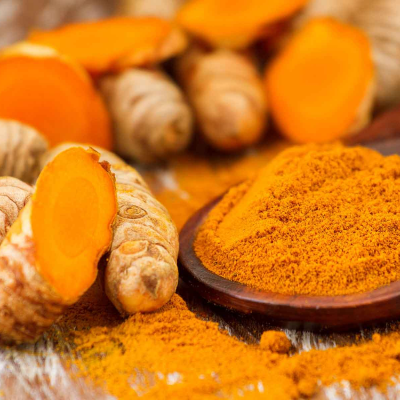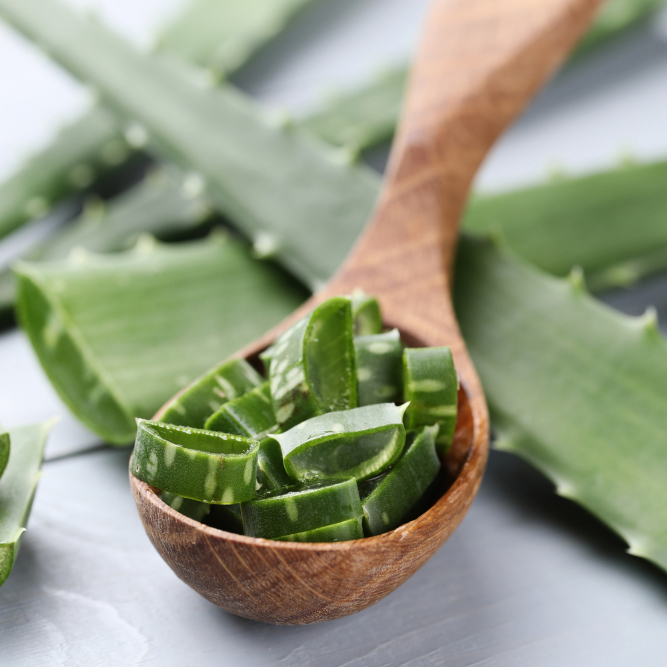Dyshidrotic eczema (also called pompholyx) is a skin condition characterized by the development of small, itchy, fluid-filled blisters, primarily on the hands, fingers, and feet. It is a chronic condition that tends to flare up periodically.
Healthy Skin
- Acts as the body's first line of defence against infections, toxins, and environmental damage.
- Maintains hydration and regulates body temperature.
- Reflects overall internal health and proper nutrition.
- Indicates good blood circulation and a balanced state of the body's systems.
Unhealthy Skin
- May signal underlying health issues, such as poor diet, hormonal imbalances, stress, or chronic diseases.
- Can lead to discomfort, infections, and reduced self-esteem.
- Often caused by neglect of hygiene, poor lifestyle choices, or systemic illnesses.
Causes of Dyshidrotic Eczema
1. Unknown Exact Cause: The exact cause is unclear but is linked to:
- Genetic predisposition.
- Skin allergies or irritants.
- Stress or anxiety.
- Seasonal changes or excessive sweating.
2. Triggers:
- Contact with allergens like nickel, cobalt, or certain chemicals.
- Fungal infections.
- Prolonged exposure to moisture or water.
- Hot or humid weather.
Signs and Symptoms of Dyshidrotic Eczema
- Blisters: Small, deep, fluid-filled blisters on the palms, fingers, soles, or toes.
- Itching: Intense itching and burning sensation.
- Redness and Swelling: Around the affected areas.
- Cracking and Peeling: Skin becomes dry, flaky, and may crack as the blisters heal.
- Recurring Episodes: Symptoms often recur in cycles.
Ayurvedic Perspective on Dyshidrotic Eczema
In Ayurveda, this condition can be associated with Vicharchika, a type of Kushtha (skin disorder).
1. Dosha Involvement:
- Predominantly caused by an imbalance of Pitta and Kapha doshas, leading to inflammation and itching.
- Vata dosha may also aggravate dryness and cracking.
2. Pathogenesis (Samprapti):
- Impaired digestion (Agni) results in the formation of Ama (toxins), which circulate in the body and manifest in the skin.
- Improper lifestyle and dietary habits aggravate the doshas, leading to skin diseases.
Ayurvedic Treatment of Dyshidrotic Eczema
Panchakarma Therapies
- Virechana (Therapeutic Purgation): Removes Pitta toxins from the body.
- Raktamokshana (Bloodletting): Useful in severe cases to detoxify the blood.
- Takradhara: Pouring medicated buttermilk over the affected area helps soothe itching.
Dietary Recommendations
- Include cooling foods like coconut water, cucumber, and leafy greens.
- Avoid spicy, oily, and fried foods.
- Reduce intake of dairy and heavy foods that aggravate Kapha.
- Hydration: Drink plenty of water to keep the skin hydrated.
- Hygiene: Keep hands and feet dry and clean. Avoid excessive washing with harsh soaps.
Herbal Remedies
Neem (Azadirachta indica):
Antibacterial and anti-inflammatory properties help cleanse the blood and reduce itching.
Manjishtha (Rubia cordifolia):
Purifies the blood and balances Pitta.
Khadira (Acacia catechu):
Effective in managing skin disorders.
Turmeric (Haridra):
Reduces inflammation and promotes healing.
Kumari (Aloe Vera):
Soothes itching and hydrates dry skin.
External Applications
Kumari (Aloe Vera) Gel: Apply to reduce dryness and soothe blisters.
Coconut Oil or Sesame Oil: Moisturizes the skin and prevents cracking.
Neem Paste: To reduce itching and inflammation.
Turmeric and Sandalwood Paste: Provides a cooling and anti-inflammatory effect.
Ayurvedic Medicines
Mahamanjishthadi Kwath: For blood purification.
Gandhaka Rasayana: Reduces itching and balances Pitta-Kapha dosha.
Panchatikta Ghrita Guggulu: Detoxifies and supports skin health.
Prevention Tips
- Avoid triggers like allergens, excessive sweating, or harsh chemicals.
- Use hypoallergenic, fragrance-free skin products.
- Wear gloves during prolonged exposure to water or irritants.
- Maintain a balanced diet to support digestion and detoxification.


